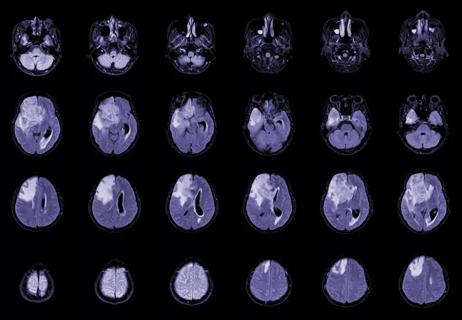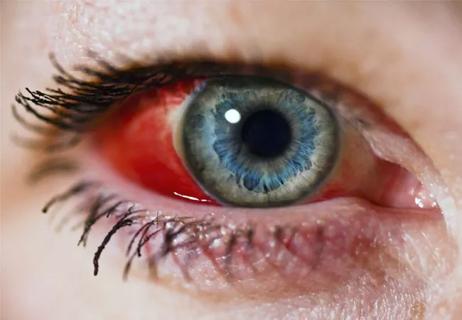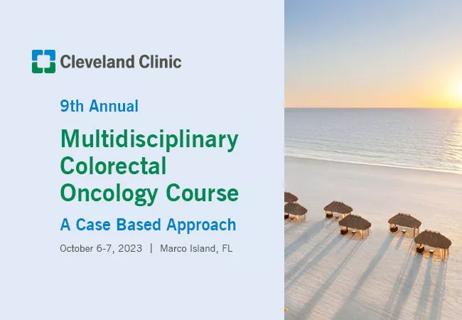Liver and intestine recipients at greater risk

Immunosuppression following solid organ transplantation (SOT) increases the risk of Epstein-Barr virus- (EBV) associated post-transplant lymphoproliferative disorder (PTLD). Most adults are EBV positive, and the virus remains in a latent phase with potential for reactivation. When patients are started on immunosuppressive agents that decrease T-cell activity, expansion of EBV-infected B cells and malignant lymphoproliferation can result.
Cleveland Clinic is a non-profit academic medical center. Advertising on our site helps support our mission. We do not endorse non-Cleveland Clinic products or services. Policy
Yet, the association between EBV viremia and development of PTLD is unclear. “This is a question that comes up very frequently,” says Deepa Jagadeesh, MD, Hematology and Medical Oncology. “We get asked, ‘What is the risk of developing PTLD in somebody who has EBV viremia post-transplant?’ And, ‘Do we need to treat these patients preemptively when we notice EBV viremia to prevent PTLD?’”
Dr. Jagadeesh sought to answer these questions in a retrospective study of SOT patients at Cleveland Clinic who had undergone transplants starting in 2002 and continuing through 2016. The results of the study were presented at the 2018 American Society of Hematology meeting.
“This is a very important question,” says Dr. Jagadeesh. “But it’s also a very difficult question because there is no standard recommendation on how to monitor EBV viremia in patients after transplant.”
Dr. Jagadeesh and her colleagues compiled a cohort of 3,348 patients. Median age at SOT was 54 years (range 0.3-79), and 63 percent were male. The most common SOT was kidney (38 percent) followed by lung (37 percent), liver (18 percent), heart (7 percent), pancreas (6 percent) and intestine (2 percent). Seven percent received more than one organ transplant.
The patients’ EBV viral loads were quantified by polymerase chain reaction (PCR) of whole blood samples and expressed as log copies/mL. Landmark analyses at two and six months post SOT (LM-2 and LM-6) were performed based on patients’ peak pre-landmark EBV levels.
Of the 3,348 patients included, 1,503 (45 percent) developed EBV viremia but only 68 (2 percent) developed PTLD. “That’s a very small number of patients,” says Dr. Jagadeesh. “So we decided to look at patients who had developed PTLD to identify potential risk factors, and we saw that patients with a higher EBV viremia level, 4 logs versus 2 logs, were at higher risk for developing PTLD.”
She and her colleagues also found that SOT patients who received liver or intestinal transplants had a higher risk of developing PTLD. Age, time from transplant, gender and race were not risk factors.
The investigators did not have enough data to evaluate the trend of EBV viremia and PTLD development.
“That would have been an interesting question, “ says Dr. Jagadeesh. “If a patient has a higher EBV viremia log and it persisted for a longer time, are they at higher risk versus someone who had transient EBV viremia and the numbers went down? We don’t have those data points, but to our knowledge this one of the largest studies that has looked at EBV viremia and PTLD.”
She adds: “PTLD is a rare disease, but I think it’s an important question to answer, especially when patients are undergoing transplants with organs that are very vital to their survival. Prospective studies are needed to identify high-risk patients, and this may help to formulate appropriate surveillance and management plan more customized to those patients.”

Timing and type of side effects differ greatly from chemotherapy

Dedicated multidisciplinary teams support 84 ultra-rare cancers

Sessions explore treatment advances and multidisciplinary care

New research from Cleveland Clinic helps explain why these tumors are so refractory to treatment, and suggests new therapeutic avenues

Combination of olaparib and carboplatin results in complete durable response for a patient with BRCA2 and “BRCAness” mutations

Early communication between oncologists and ophthalmologist warranted

Case-based course delves into latest treatment approaches

Long-term relationship building and engagement key to gaining community trust